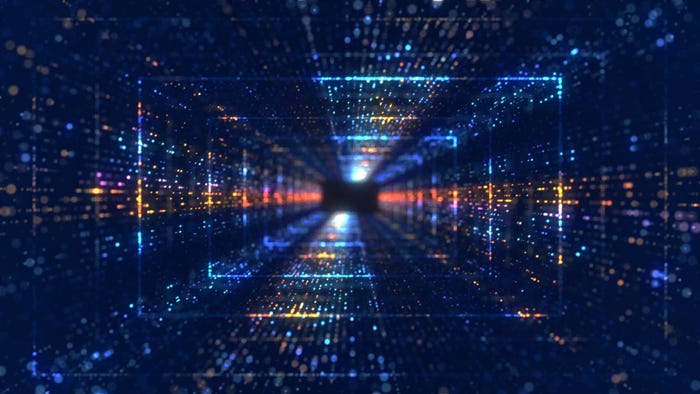Dispatchable location for wireless 911 calls expected to get a closer look in future, FCC official saysDispatchable location for wireless 911 calls expected to get a closer look in future, FCC official says

Wireless carriers continue to improve their ability to provide 911 centers with more location—including vertical Z-axis information—but the FCC continues to hope that carriers will be able to provide a dispatchable location with emergency calls, an FCC official said this week during the APCO 2023 event in Nashville, Tenn.
David Furth, deputy chief of the FCC’s Public Safety and Homeland Security Bureau, said that device-based hybrid technology has replaced assisted GPS as the location approach used for about 80% of 911 calls made in the industry’s six-city testbed.
“In 2017, less than 20% of the calls were using device-based hybrid; the vast majority of calls were using assisted GPS,” Furth said during an APCO session about FCC proceedings impacting public-safety communications. “That was because still the technology at that time was more oriented to outdoor calls and not to indoor calls.
“What we’ve seen is that, as more and more wireless calls are coming over Android and iOS-based smartphones that use the device-based hybrid technology that Apple and Google have developed, we are seeing those location methods used for the vast majority of wireless calls.”
Device-based hybrid location information typically includes Z-axis coordinates, although questions remain whether such data is helpful to first responders until it can be interpreted into a map-like location. Still, it represents notable progress, according to Furth.
“The point is that is now becoming standard—in the information that’s delivered with a wireless call—for it to include location information in three dimensions, not two,” he said.
But the goal for public-safety agencies is for wireless 911 calls to deliver a dispatchable location for the caller, so dispatchers can give first responders the most practical location to find the emergency caller. This goal is shared by the FCC, Furth said.
“The real objective of these rules [for 911 wireless location passed in 2015]—if at all possible—is to develop the capability on the wireless side for 911 calls to be delivered with dispatchable location, which means … the same information that you would get with a landline call—a validated address and, if it’s a multifloor building, you would get the floor, the apartment and/or the office number, instead of coordinate-based [Z-axis information],” Furth said.
“Our rules say that—if dispatchable location is technically feasible in a cost-effective manner—then that [dispatchable location] must be used.”
Currently, dispatchable location is provided in only a fraction of 911 calls—typically via a Wi-Fi hotspot located at a known address—but the FCC plans to explore methods to make it more commonplace, Furth said.
“We would like to see that number [of wireless 911 calls including dispatchable location] grow,” Furth said. “One of the things that we plan to do is look more closely at the question, which is, ‘Where are we, in terms of what technology is capable of doing for dispatchable location—and not just in that home Wi-Fi scenario, but in other scenarios?’
“As we look at that, that’s going to—we hope—raise the floor, so to speak, in terms of what’s technically feasible, because we are very interested in ensuring that the best technology is being used. And when dispatchable location is feasible—whether in a home, an apartment or a conference center—then that’s what is being developed. That is definitely an item on our to-do list.”





